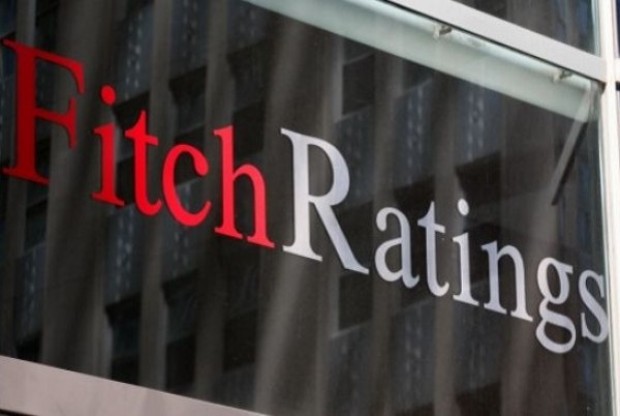
State liabilities would likely stay above prepandemic levels until the twilight years of the Marcos administration, as a large budget deficit prevents the government from reducing its debt burden at a faster rate, Fitch Ratings said.
In an emailed response to questions last week, Krisjanis Krustins, director at Fitch, said debt, as a share of the economy, is projected to settle at 51 percent in 2027, still higher than the record-low 39.6 percent seen in 2019, or before the health crisis called for massive stimulus measures and ruined the government’s fiscal plans.
But if this forecast comes true, the ratio would settle below the 60 percent threshold deemed manageable for emerging economies. Treasury data showed that as of the first quarter of 2023, debt accounted for 61 percent of gross domestic product.
The Philippines currently holds a triple-B investment grade rating from Fitch, with a “stable” outlook.
No refinancing problems
Fitch explained that there would be a “very gradual” decline in debt-to-GDP ratio—a commonly used indicator of the government’s ability to pay its obligations—because the Marcos administration’s fiscal consolidation plan is “relatively unambitious” against a large budget deficit that is capped at P1.5 trillion this year.
Fitch nonetheless said the decline in debt-to-GDP ratio would be “sustained” even in the face of rising borrowing costs, so long as the economy maintains a “strong growth” and enough revenues are generated to narrow the fiscal deficits.
Against the backdrop of rising interest rates, Fitch said it does not expect the government to have a hard time refinancing its pandemic-related debts—most of which have short payment terms and are falling due within the term of President Marcos.
This is because projected drop in debt-to-GDP ratio would give the state some space for fresh borrowings that can be used to refinance old debts. INQ


